Astronomy
-
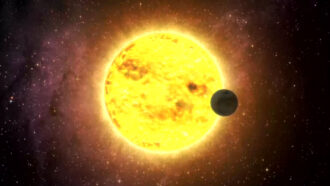 Planetary Science
Planetary ScienceMethylated gases could be an unambiguous indicator of alien life
On Earth, methylated gases are produced by organisms cleaning up their environment — and by little else. The same might be true on some exoplanets.
-
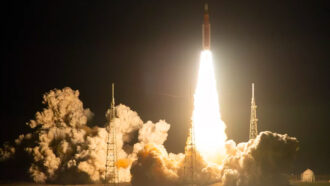 Astronomy
AstronomyThe James Webb Space Telescope wasn’t the only big space news in 2022
DART crashed into an asteroid, Artemis went to the moon and we got a pic of our galaxy’s monstrous black hole. Space was a busy place this year.
-
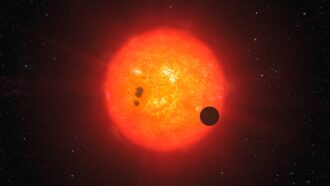 Astronomy
AstronomyThe James Webb telescope is getting glimpses of small, far-off planets
Hints of one exoplanet atmosphere’s chemical makeup and the discovery of a planet orbiting another star are two of the telescope’s early successes.
-
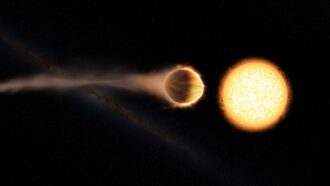 Astronomy
AstronomyThe first planet found by the Kepler space telescope is doomed
The exoplanet dubbed Kepler 1658b is spiraling toward its host star and will meet a fiery death in less than 3 million years.
-
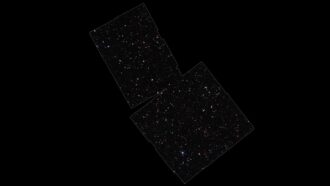 Astronomy
AstronomyHow the James Webb telescope’s glances back in time are reshaping cosmology
The observatory has found dozens of galaxies from less than 550 million years after the Big Bang, suggesting galaxies formed faster than once thought.
-
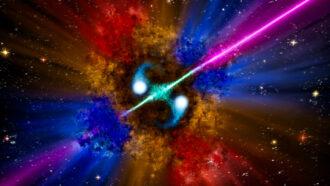 Astronomy
AstronomyA bizarre gamma-ray burst breaks the rules for these cosmic eruptions
The 50-second gamma-ray burst is the first that unambiguously breaks the rule that long bursts usually come from supernovas.
-
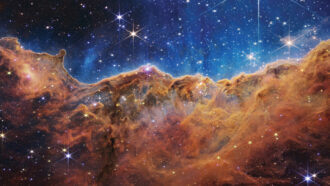 Astronomy
AstronomyIn 2022, the James Webb Space Telescope brought us new views of the cosmos
Science News looks back at some of the most stunning images from the James Webb telescope’s first year in space.
-
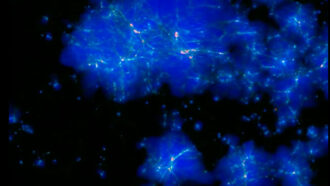 Astronomy
AstronomyA new supercomputer simulation animates the evolution of the universe
The detailed simulation shows the cosmos changing from a dark, featureless gas to a web of stars and galaxies radiating light.
-
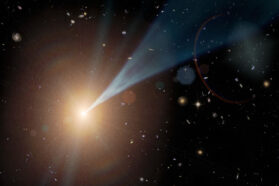 Astronomy
AstronomyHere’s why some supermassive black holes blaze so brightly
NASA’s IPXE X-ray satellite saw a telltale signature of shock waves propagating along a blazar’s high-speed jet, causing it to emit high-energy light.
-
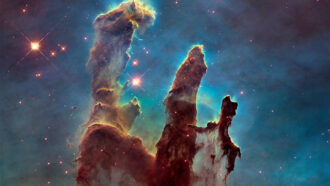 Space
SpaceThese are our top space images of all time
These are the best astronomy pictures ever, from Hubble, the James Webb Space Telescope and more.
-
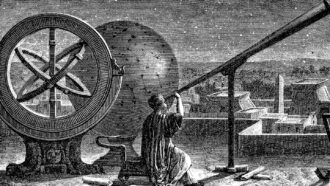 Astronomy
AstronomyPart of a lost, ancient star catalog has now been found
Greek astronomer Hipparchus may be the first to try to precisely map the stars. His lost work turned up on parchment that had been erased and reused.
-
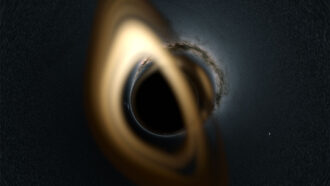 Astronomy
AstronomyAstronomers have found the closest known black hole to Earth
Discovered by how it pushes around a companion star, the black hole is about 1,500 light-years away and roughly 10 times the mass of the sun.